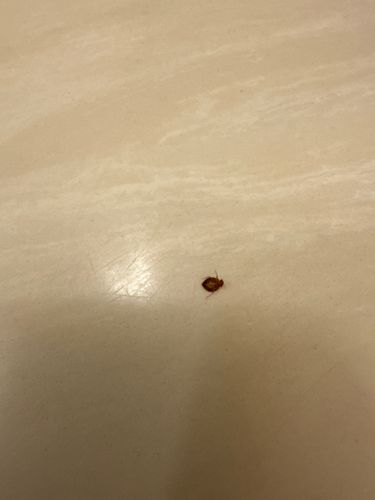Bed Bug
Scientific Name: Cimex lectularius
Order & Family: Hemiptera (Order), Cimicidae (Family)
Size: Adult bed bugs are typically 4-5 mm (0.16-0.20 inches) long, similar in size to an apple seed. Nymphs are smaller and translucent.

Natural Habitat
Bed bugs typically live in close proximity to human hosts. They are often found in mattresses, bed frames, box springs, headboards, and cracks/crevices in walls and furniture within homes, hotels, dormitories, and other living spaces. They can also hitchhike on luggage, clothing, and used furniture, spreading to new locations.
Diet & Feeding
Bed bugs are nocturnal ectoparasites that feed exclusively on the blood of warm-blooded animals, primarily humans. They pierce the skin with an elongated proboscis to suck blood, a process that usually takes 3-10 minutes.
Behavior Patterns
Bed bugs are most active at night when their hosts are asleep. They are attracted to carbon dioxide and body heat. After feeding, they retreat to their hiding spots. Females can lay 1-5 eggs per day, gluing them to surfaces. The life cycle from egg to adult can take 4-5 weeks under ideal conditions, and they can survive several months without a blood meal.
Risks & Benefits
Potential risks include itchy bites, which can lead to secondary skin infections from scratching. Some people may have allergic reactions to the bites. While they are not known to transmit diseases, their presence can cause significant psychological distress, sleep deprivation, and financial burden due to extermination costs. There are no known benefits to humans or the ecosystem from bed bugs.
Identified on: 9/10/2025